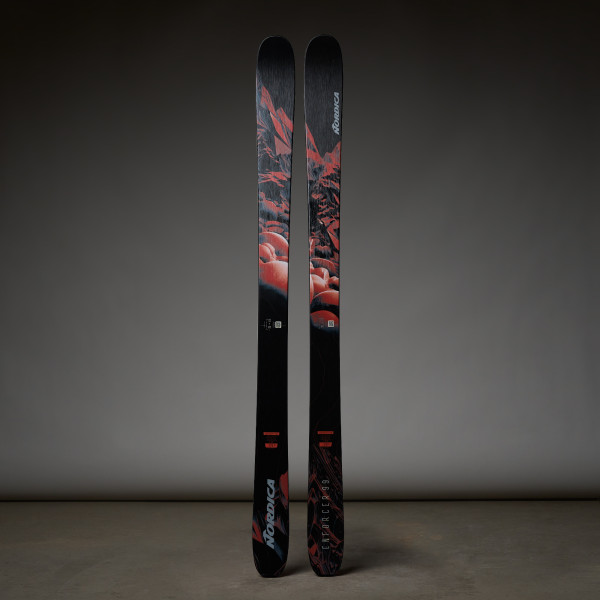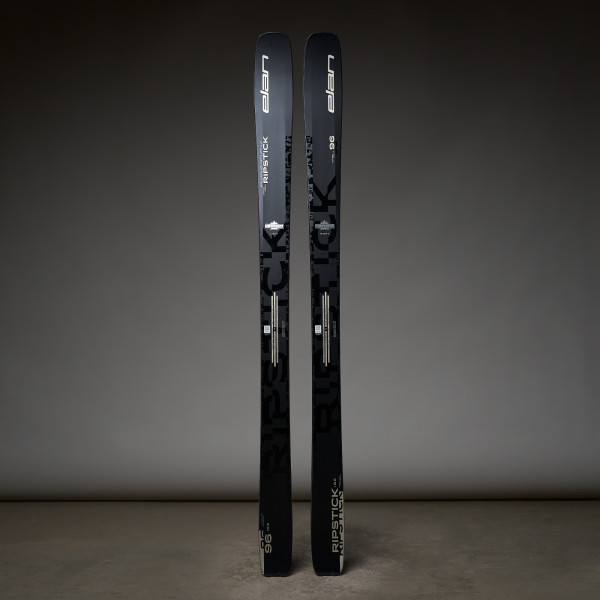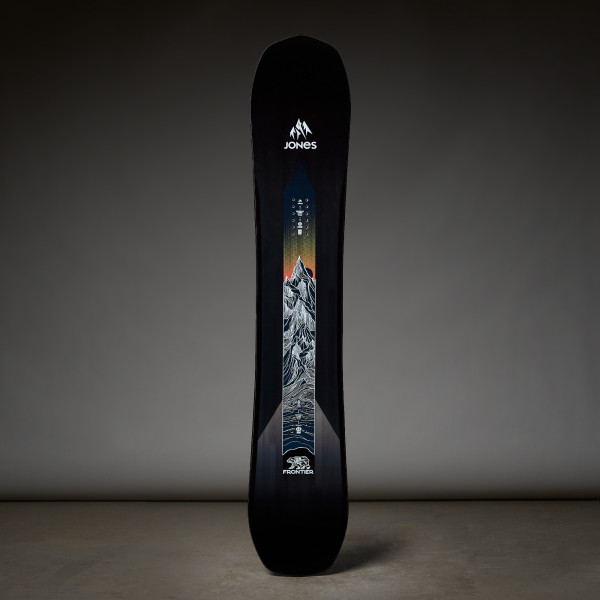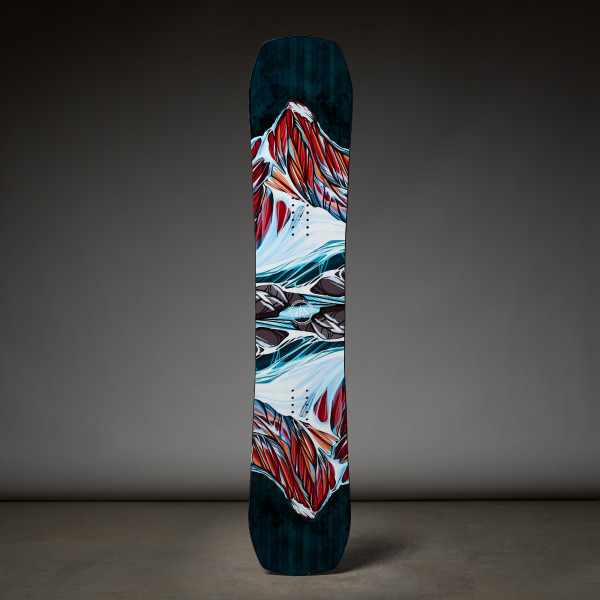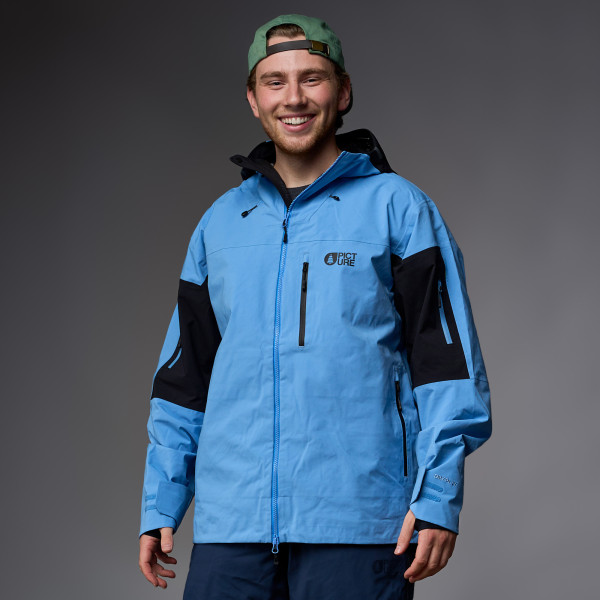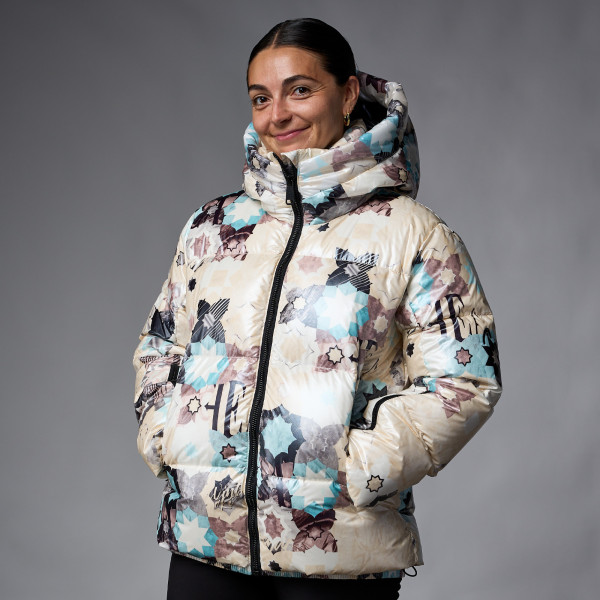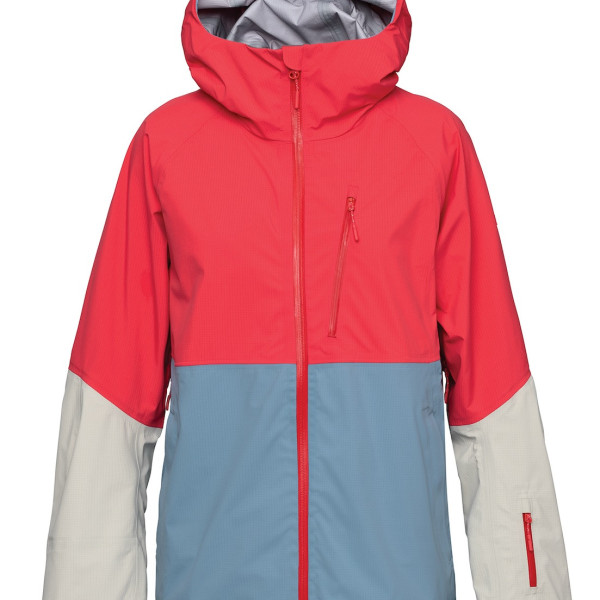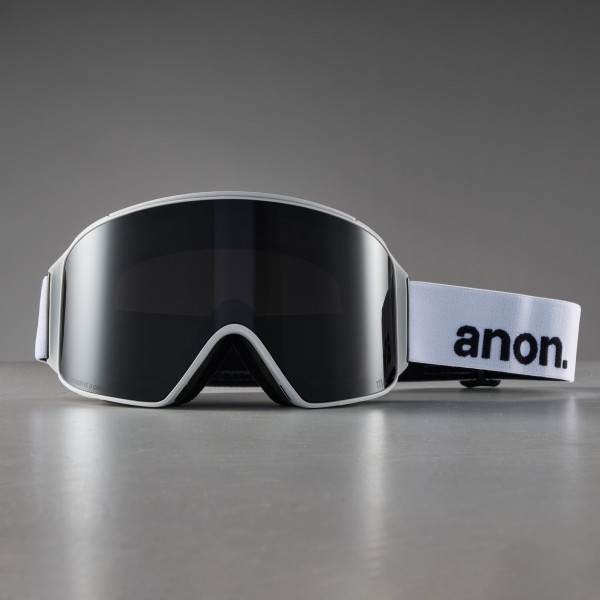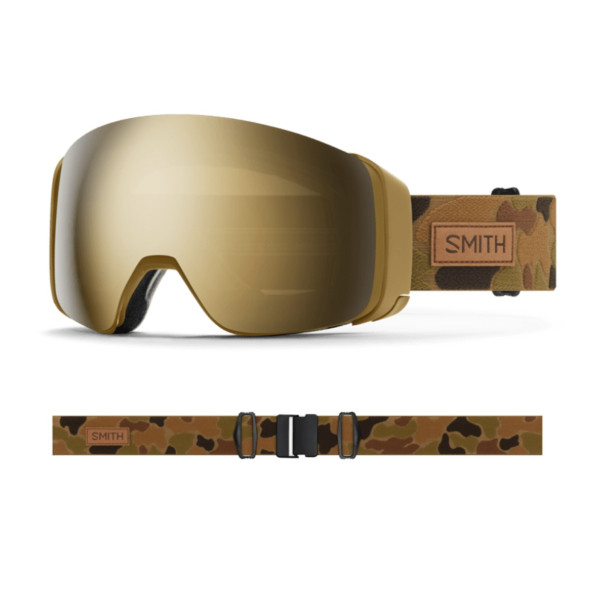Your Shopping Cart
Hot Items
Ski & Snowboard Outlets
Frequently Asked Questions: What To Wear Skiing
Posted September 23, 2021 @ 1:13pm | by The Ski Monster
My season this year ended up at Mount Sunapee, on a last-chair run with Dylan and Devon. We had just had the quintessential spring ski day of any winter sports enthusiast’s dreams, and MAN were we flying high. The sun was shining, and we opted for a little mid-slope tanning session. I rolled over to stand up and pop! went the button right off my ski pants. I looked down in disbelief: did my beautiful pants just break on the very last run of the day, on the very last day of the season?
I totally panicked. Is this quickly fixable? Did I have one too many lunch beers? Are my pants going to fall down while I try and get to the bottom (in front of my boss????)? Did I make the right decision in deciding what type of kit I was wearing this season? As I looked at Dylan, with his gray Burton bib and Devon in her cute Flylow Foxy Bib, I realized I had actually been frustrated with my pants all day. Between these two, and everyone else waiting for us down at the base, the whole crew was wearing bibs but me and they all looked a whole lot cooler than I did on this sixty-degree April day in New Hampshire. I will be the first to admit that, especially when it comes to clothing, I can be a very jealous person and I couldn’t help but wonder (yes, I typed that in a Carrie Bradshaw voice) if I had come up with the wrong answer to a question I ask customers about twenty times a day: are you looking for pants-pants or a bib?
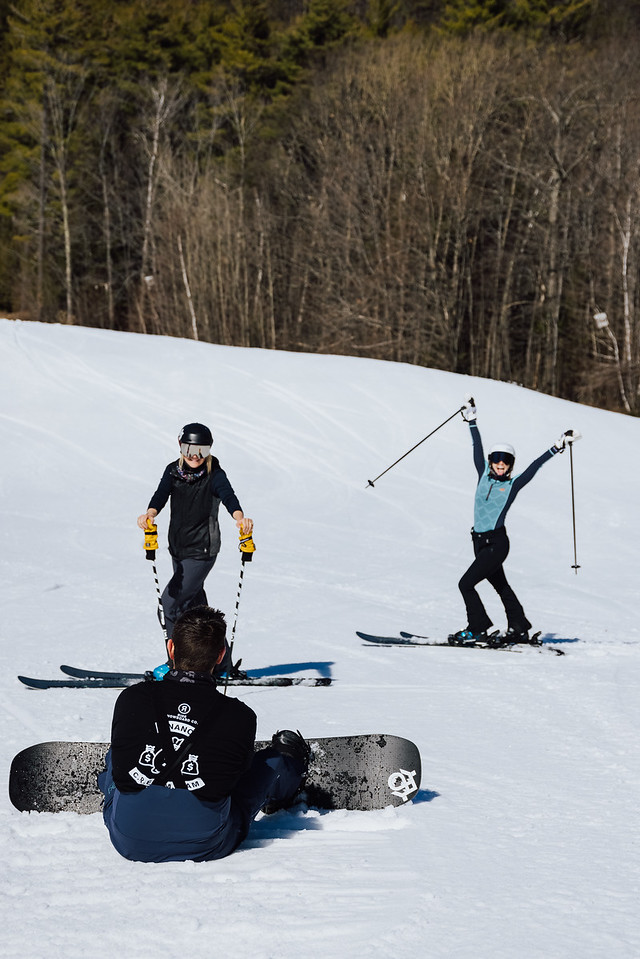
At said moment, with Dylan in an Burton [AK] Bib, Devon in a Flylow Foxy Bib and Tate (that's me!) in some Bogner Haze pants.
No need to panic everyone, I was suffering from a short lived case of bib-fomo while we were blasting around taking spring skiing photos in t-shirts and base layers, but you couldn’t have paid me to shed my Bogner stretch pants at any other point in the season. And as for the button, yeah thats already fixed too. But the whole day did lead me to contemplate that common question — and many, many more too. There are pro’s and con’s to every different style, technology, fit and feel when it comes to outerwear. So, as to avoid any future regrets when it comes to your favorite winter purchases, we have put together a definitive yet FUN guide full of pro-pro lists and gear explanations to help you make the right decision.
Let’s kick this off with that pesky one I was grappling with up at Sunapee:
Outwear: Bibs vs. Ski Pants
What are the pro’s of wearing a bib top?
- The cover-all nature of these creations help to curb any loose snow up your back or down your pants. If you are a snowboarder who has to sit down a lot, or a beginner skier who is spending more time on the ground than on your skis, this is a huge plus — especially on a cold day (we were all there at one point or another).
- Are you taller than average? Shorter than you’d like to admit? The adjustable straps make for adjustable length, and help you out with that inseam discrepancy.
- Up here in New England, it gets COLD with a capital C-O-L-D — the kind of temperature that make you wish you had an extra layer. Lucky for bib-wearers, you do! Keep that core a bit warmer with a top to hold in extra heat.
- The aforementioned cool-factor, especially on a spring day. Can you tell we like bibs here?
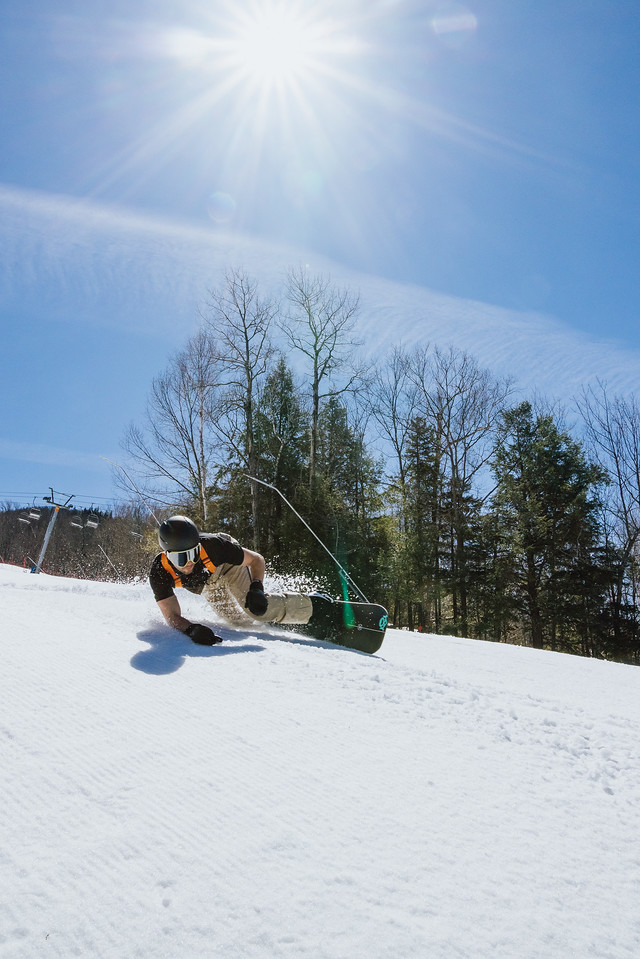
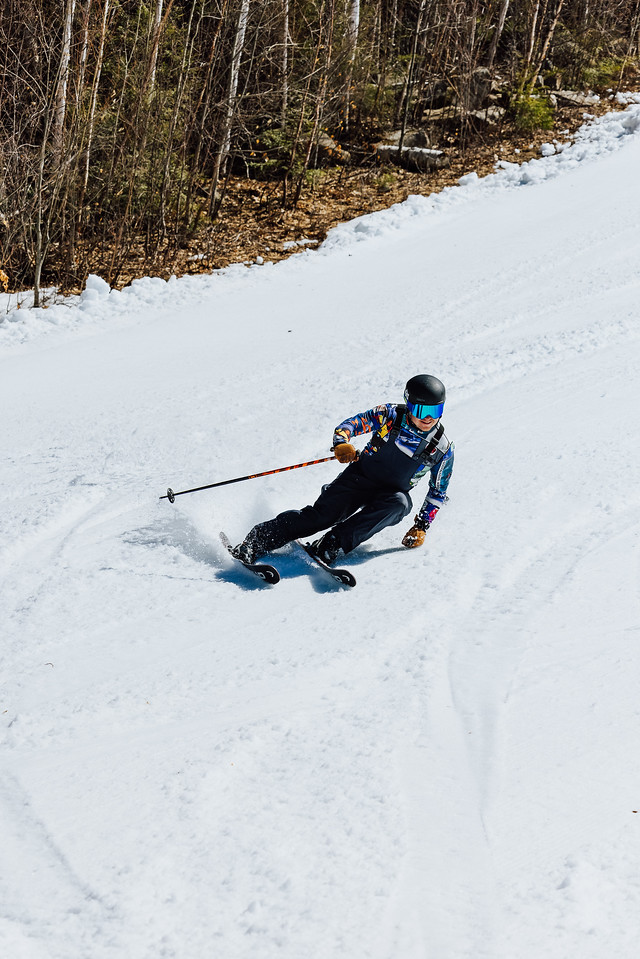
Neil in an Orage Gibson Bib, George in Flylow Smythe Bib
What are the pro’s of wearing pants?
- Though I wish I had a more delicate way of saying this, there really isn’t one…..yeah, you can pee without taking off the whole get-up (ladies, I am looking at you). A lot of the brands are catching on to this, but a pee-flap still isn’t standard across bib styles.
- We are living in an age, hopefully a lifetime, full of high waisted pants. And naturally, about one hundred percent of the garments I put on my lower body comfortably cinch right below my belly button. Throwing on a pair of snow pants that fits your waist like your favorite pair of jeans makes the whole experience that much more relaxed.
- Without that flap up the chest and straps over the shoulders, you have extra mobility on the upper half of the body.
- Tend to run hot? No need for that extra layer. Stick with pants.
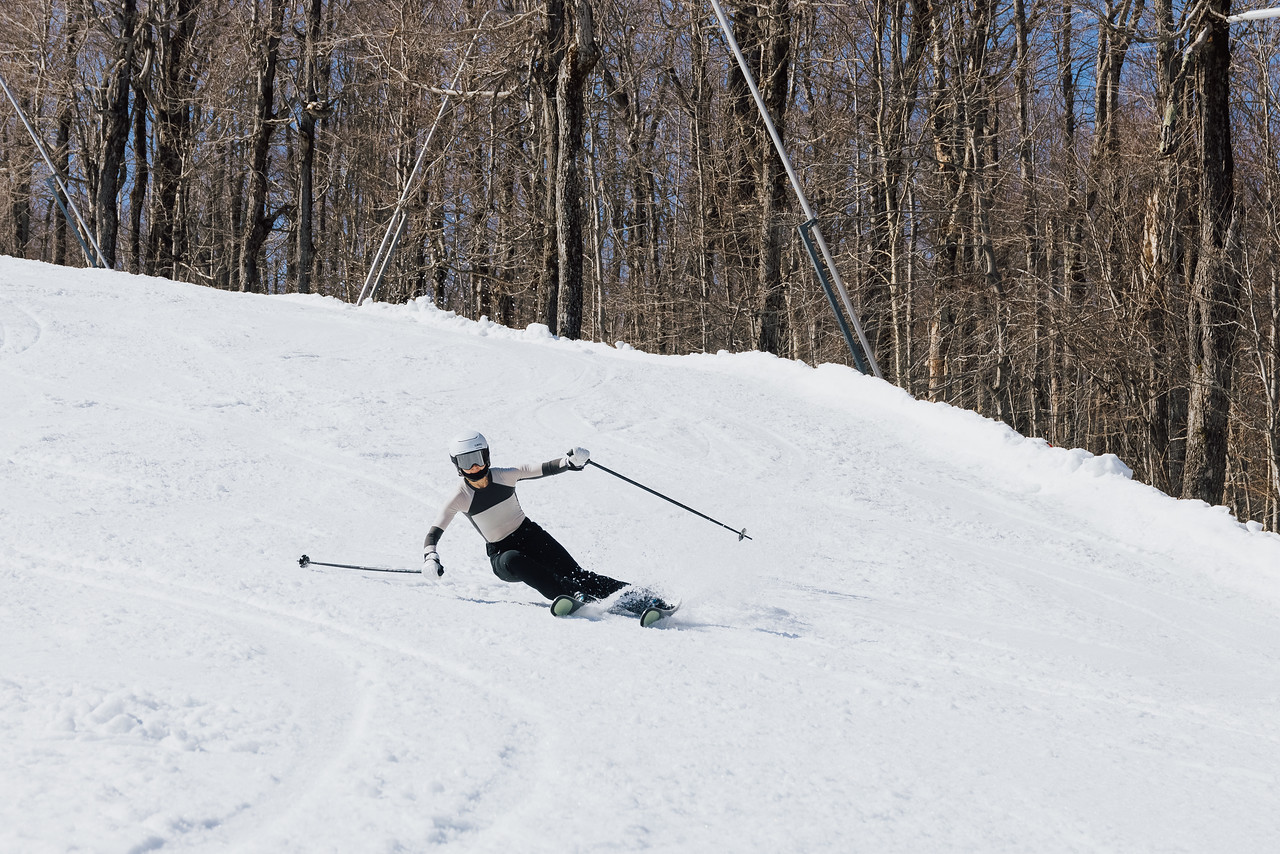
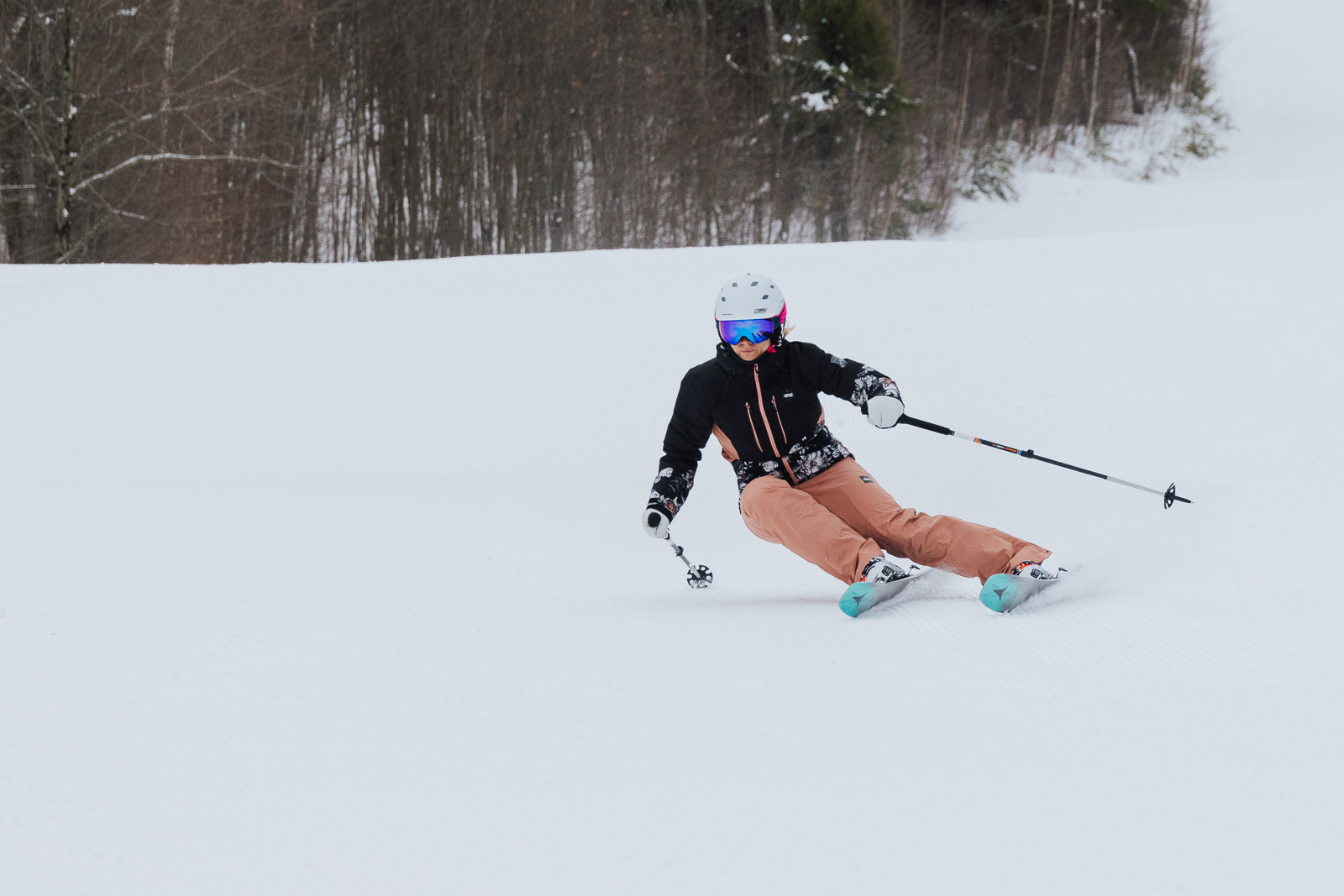
Tate in Bogner Haze Pants and Kara in Picture Exa Pants
This next question is always the follow up to the bib versus pant debate:
Insulated Jackets vs. Shell Jackets
The answer to this is more objective. There are practical reasons to have a shell, and practical reasons to have some insulation, so in addition to personal preference, you have to take a few other questions into account.
Do you tend to run hot or cold? If you run hot, my recommendation 9/10 times is to go for a shell. If you tend to run cold, my recommendation 8/10 times is to go for at least some insulation. If you are still unsure where you stand in that, dig into the questions below.
Do you tour or have any back country days mixed into your season? Yeah? Then it is absolutely IMPERATIVE that you have a shell kit in your arsenal. Yes, even if you think that sixty degrees Fahrenheit is chilly. Why, you ask? Regardless of how cold out it is, when you exert THAT much energy, you are going to sweat. Even swimmers sweat in the water…think about that. So if you are in an insulated jacket going uphill on a freezing cold day, and you get soaked with sweat, and turn around to take on the downhill, you are going to freeze like a popsicle.

Shells as far as the eye can see on a TSM outing to Mt. Abram
Is your home mountain really freakin’ cold? Think Breckenridge (dubbed BreckenFridge) or Sugarbush or, really, anywhere in the Northeast. Yeah? Then it is wise to have at least one jacket with some hearty insulation. In George’s own words, not wearing an insulated jacket on a cold New England day is borderline masochistic. Being a comfortable temperature is really dang nice.
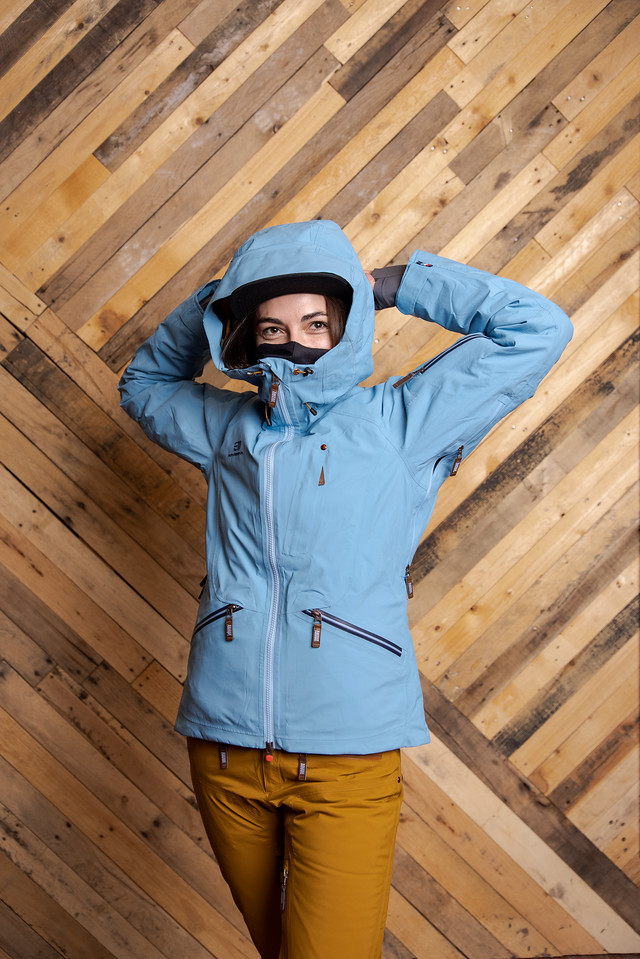
Elevenate Zermatt Pants and Zermatt Jacket
What is your base-layer game, and how willing are you to get reaaallly into layers? Because when you buy a shell, you are signing up to buy a whole lot of other things as well. The piece that makes the shells superior to the insulated is the versatility you get under that rock hard, weather proof yet breathable outer layer. Fifty degrees? No layers, no problem. Thirty degrees? Three layers, totally comfortable. Five degrees? Four layers (moisture wicking base, vest, insulator, shell), few problems. Buying a shell without buying the necessary layers is like buying a house and not furnishing it…pretty sad.

Arc'teryx Sabre AR Jacket and Sabre AR Pants
Helmets: Visor vs. No Visor
Does your skiing usually take you to an upside-down position? Voluntarily? Visors mixed with freestyle skiing is discouraged by most competitive freestyle coaches.
Don't spend any time upside down? Envision yourself in a helmet with a visor on it? Then you should get one with a visor. Dream helmet doesn’t come with a visor? Then, by all means, get yourself a helmet without a visor. Either way, just get a helmet.
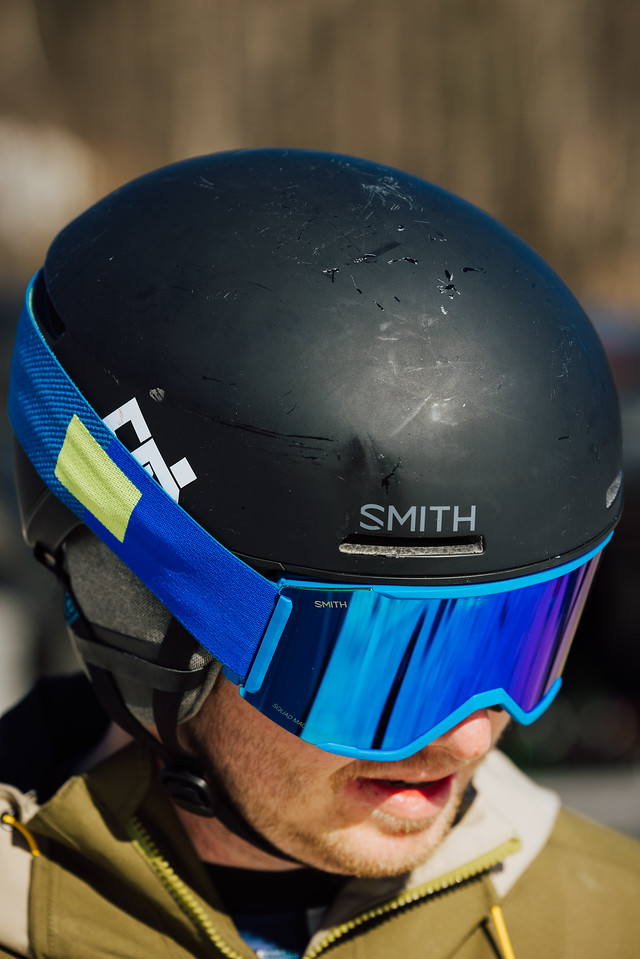
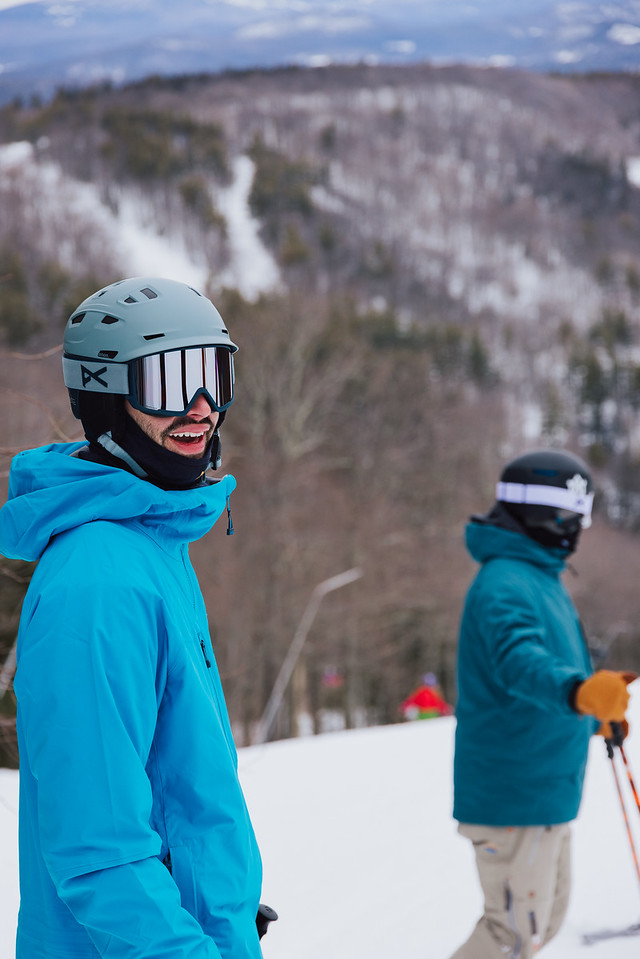
George in a Smith Code helmet with no brim, Andrew in an Anon Prime helmet with a brim
Helmets: Vents vs. No Vents
We will make this one easy for you — nearly all of the helmets we carry have some sort of venting system, so whether or not you like the look of vents, you are getting them anyway. If you start to sweat while skiing, it can be really hard to stay warm. You are getting everything all wet, but it is too cold to dry off, and you are stuck feeling damp and clammy. While it might seem counterintuitive, vents can actually keep you warmer by creating enough airflow to stop the sweat before it even happens.
.jpg)
Smith Liberty Women's Helmet, Smith Squad Mag Goggles, Norrona Lofoten Gore-Tex Insulated Jacket
Prefer a cleaner look? You can always go for a helmet with less vents, of which there are plenty to choose from. As you can see below, you still have the benefits of venting.
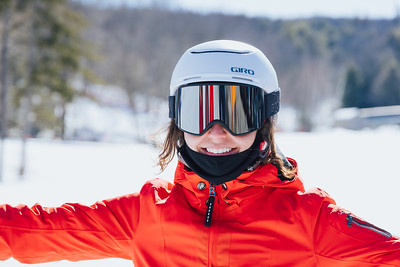
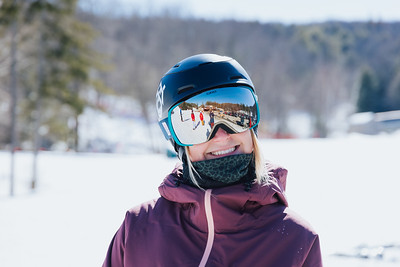
Tate in a Giro Terra helmet, Devon in a Giro Range helmet
Thin Ski Socks vs. Thick Ski Socks
I used to think wearing two pairs of soccer socks inside my ski boots was the way to go. Spoiler: it was not. Ski socks are one of those items that fall into the cliche “less is more.” When you get your boots fitted, you really want them snug for optimum performance, and adding thicker and thicker socks under the already snug boot just provides a higher risk for cutting off your circulation. Cutting off your circulation means less blood flow. Less blood flow means you are freezing your little toes off. If the goal here is to keep your feet warm and comfortable, which it really always is, the best way to achieve that is in a thinner profile, moisture wicking material sock.
Gloves vs. Mittens vs. 3-finger Lobster Gloves
Everyone who comes into the shop comes in knowing that mittens are warmer than gloves — that is a pretty widely accepted fact, and easy to understand.
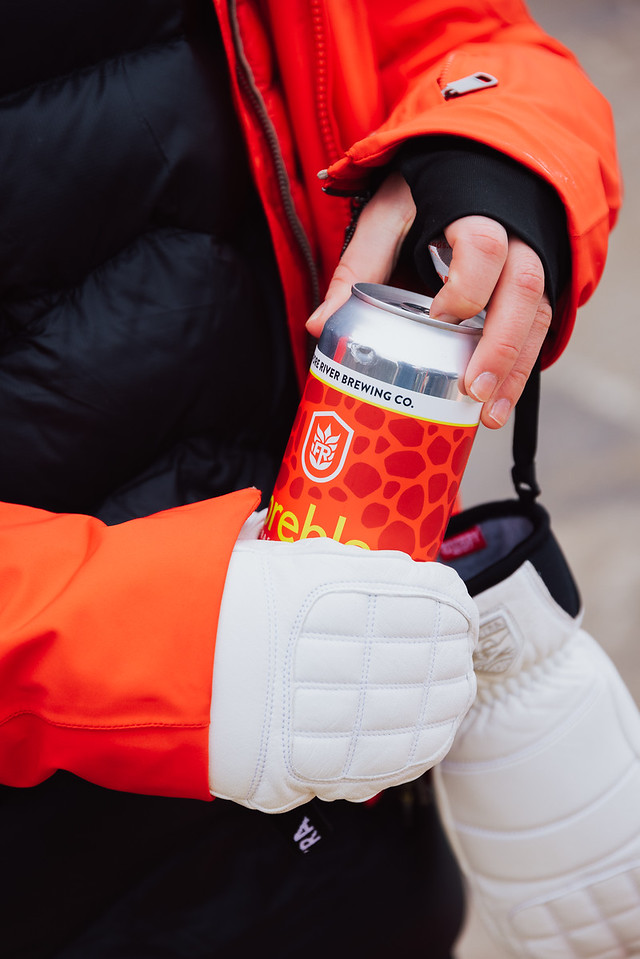
Of course, that doesn’t ALWAYS mean that mittens are right for you. While mittens are warmer, gloves are more dexterous and therefore serve some pretty important purposes. Like what if you need to eat pizza when you get off the slopes, but its still really cold out? Gloves are perfect.
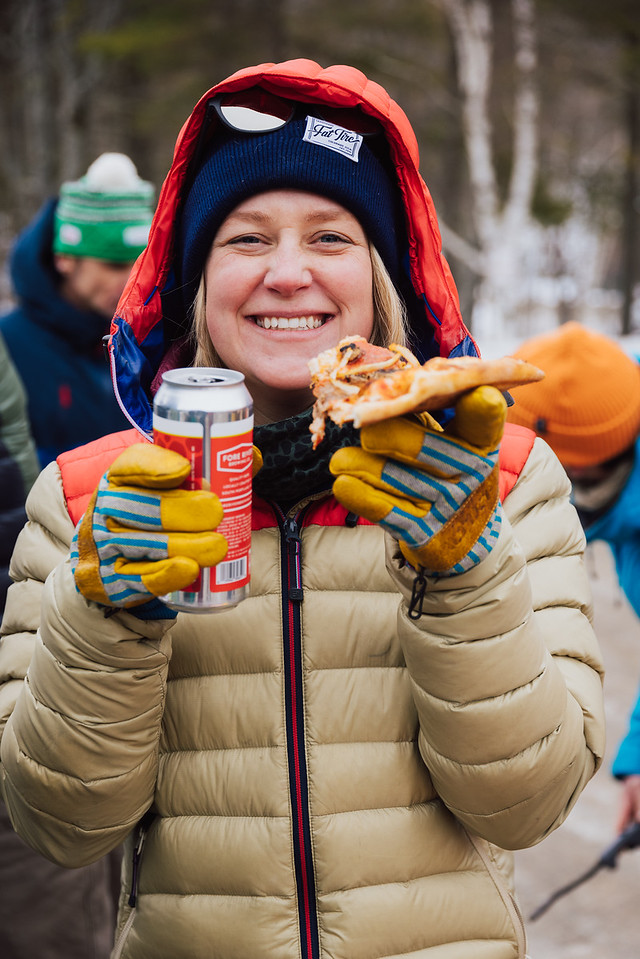
In all seriousness, if you are planning to tour, you are going to need use your hands a lot: layer up, layer down, walk mode, shift bindings, skins…you name it, you gotta do it. Maneuvering all of that is going to be tough in mittens, and either a nice, warm pair of gloves or at least some hefty liners are going to be the ticket.
.jpg)
Again, in the Flylow Tough Guy Gloves
Another broad category where gloves can beat out mittens is in snowboard world, where you are often adjusting your bindings when you get on and off lifts.
So where does that lobster, trigger finger glove come in? It is like a hybrid of the two, and you get the good and bad bits from both gloves and mittens. You have an extra finger of mobility, but lose a bit of the warmth in that one lonely finger.

Single Ski Bags vs. Double Ski Bags
This is yet another category with a (generally) clear winner: double ski bags are the way to go, especially if you are looking to travel a ton. While single ski bags are great for storage, and general keep a lower profile (especially in these Boston apartments!), double ski bags often have wheels and the capability to carry at LEAST two pairs of skis or a pair of skis and the boots that go with them. They also gaslight as great suitcases, and can easily fit your bulky kit when you head out West, or to the Alps, or wherever your next outdoor adventure may take you. Determined to keep things minimalist? Try out a DB Latt Light Snow Roller, a great option for a wheeled single ski bag.

Douchebag's Djarv Snow Roller (in the bright yellow...how could you miss it?!)

